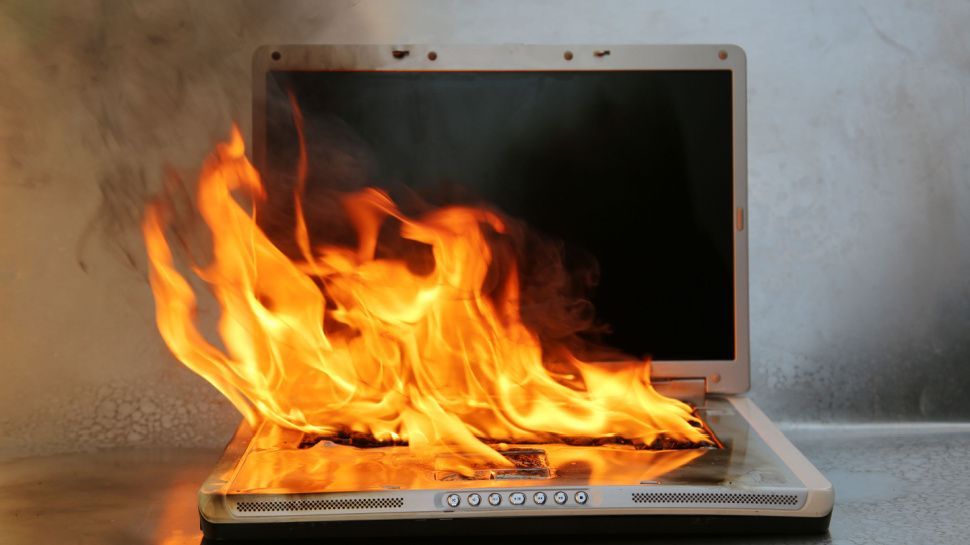Researchers at the IEEE International Solid State Circuits Conference (ISSCC) have introduced a new technique involving “self-destructing” chips.
The technology was introduced alongside several other innovations aimed at thwarting sophisticated hacking attacks.
One of the most difficult attacks to defend against involves a hacker gaining physical access to a system's circuit board. As IEEE Spectrum reports, a well-placed probe attack can not only steal critical information and monitor traffic, but also take control of the entire system. To combat this, a team at Columbia University, including Intel's director of circuit technology research Vivek De, developed a circuit that detects the presence of a probe on the circuit board.
This chip will self-destruct in…
Another attack method involves exploiting secondary channels, such as energy and electromagnetic emissions, to gain access to sensitive information. To counter this, researchers at the University of Texas at Austin and Intel developed a method to obscure these signals, making it virtually impossible for attackers to access the information.
However, the most revolutionary technique presented at the conference was the “self-destruct” chip developed by a team led by Eric Hunt-Schroeder of the University of Vermont and Marvell Technology. These chips, including CPUs, generate their own unique fingerprints or physically unclonable functions (PUFs), ensuring their authenticity.
If compromised, these PUFs can destroy themselves using two methods of circuit suicide, both involving an increase in voltage leading to electromigration or rapid time-dependent dielectric breakdown.
This self-destruct method not only prevents counterfeit chips from entering the market, but also renders the chip useless if it is compromised. “When you're done with a piece, it's destroyed in a way that makes it useless,” Hunt-Schroeder said.
These advances could potentially save companies billions of dollars lost to counterfeit chips each year and lay the groundwork for more secure systems in the future.









